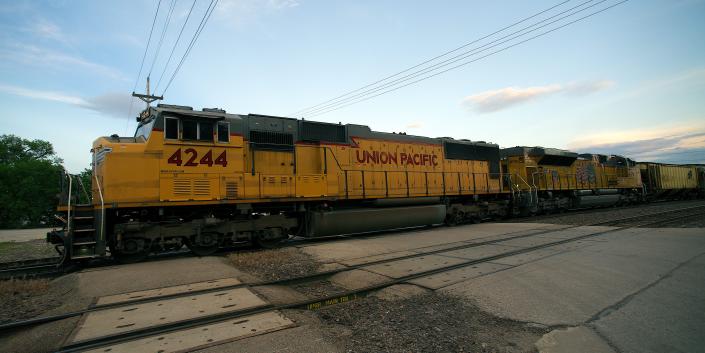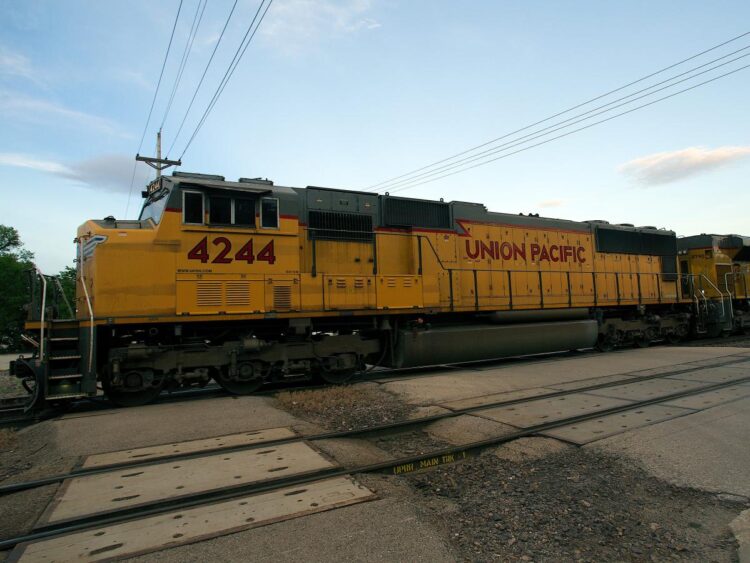
-
A 30-ton shipment of ammonium nitrate disappeared from a railcar, KQED reported.
-
The chemical is used to make both fertilizer and explosives.
-
The chemical’s supplier said that it thought the shipment, which was in pellet form, fell from the railcar.
Officials are investigating the disappearance of a 30-ton shipment of ammonium nitrate, a chemical used to make both fertilizer and explosives, PBS affiliate KQED reported.
A railcar loaded with 60,000 pounds of ammonium nitrate from explosives company Dyno Nobel left Cheyenne, Wyoming, on April 12, heading to California, according to KQED, which cited an incident report from the company. But two weeks after leaving Cheyenne, the railcar arrived at a rail stop in the Mojave Desert where it was found to be empty, per the report.
Ammonium nitrate is used as an agricultural fertilizer, to manufacture first aid products such as cold packs, and in explosives for the mining and construction industries, according to the US Department of Homeland Security.
It was also the primary explosive used in the 1995 Oklahoma City bombing that killed 168 people and was at the time was the worst terror attack in US history, and there have been incidents of supplies of the chemical exploding when not stored correctly.
The National Fire Protection Association says that because ammonium nitrate can accelerate fires and explosions, it can present a “significant explosive threat,” but needs another element to destabilize it first.
Dyno Nobel said that it thought the chemical, which was in pellet form, fell from the covered hopper car it was transported on, similar to what coal is transported on, KQED reported.
“The railcar was sealed when it left the Cheyenne facility, and the seals were still intact when it arrived in Saltdale,” a Dyno Nobel spokesperson told KQED. “The initial assessment is that a leak through the bottom gate on the railcar may have developed in transit.”
A Federal Railroad Administration representative, however, told KQED that its own investigation suggested that one of the hopper car gates wasn’t properly closed.
Union Pacific, which transported the railcar, and the California Public Utilities Commission told KQED that they were also investigating.
“The fertilizer is designed for ground application and quick soil absorption,” a spokesperson for Union Pacific told The New York Times. “If the loss resulted from a rail car leak over the course of transportation from origin to destination, the release should pose no risk to public health or the environment.”
Dyno Nobel told KQED that it had “limited control” over the railcar while it was in transit and that it was being moved back to Wyoming for inspection. It added that it would work to prevent similar incidents in the future.
Read the original article on Business Insider
[ad_2]
Source link







